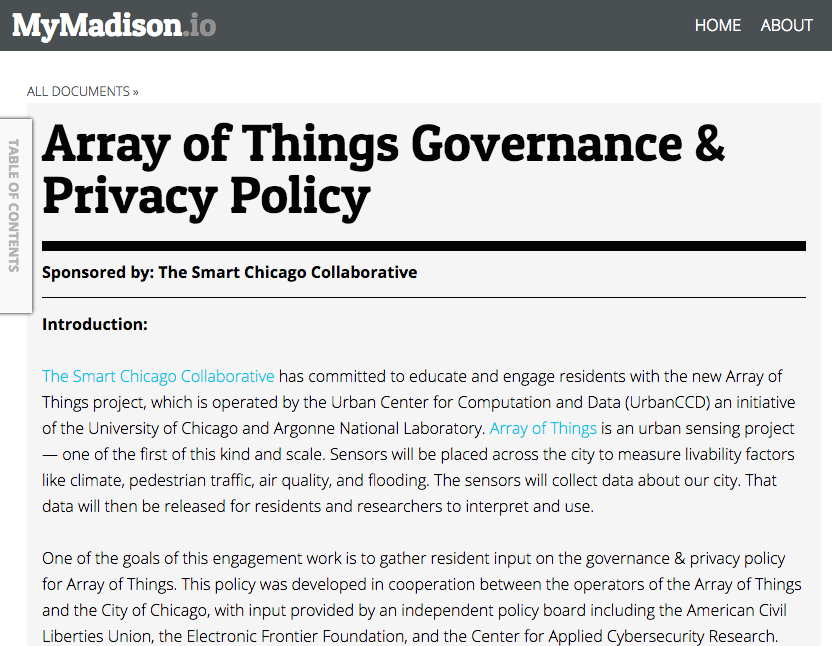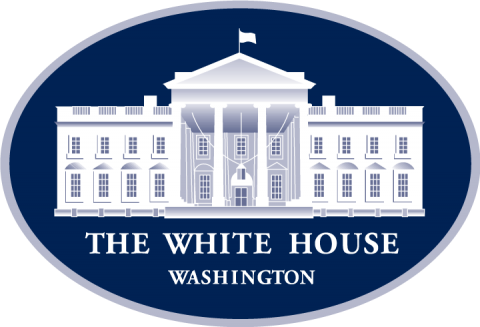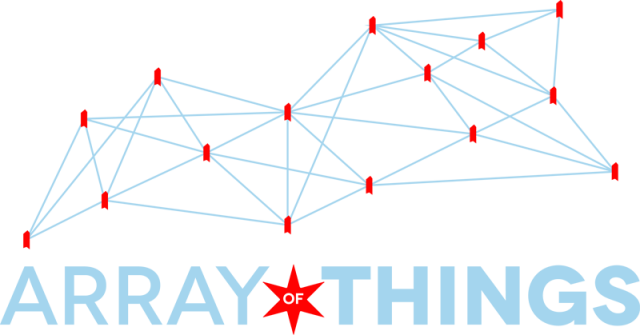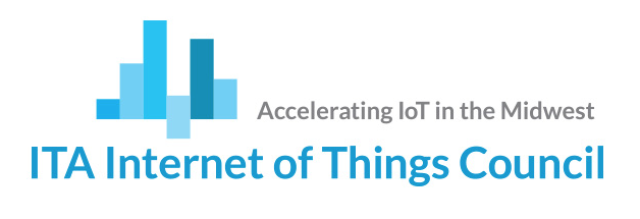This blog post is by Glynis Startz — Smart Chicago’s Harvard Ash Center Summer Fellow. Glynis is assisting with Smart Chicago’s Array of Things Civic Engagement work, among other smart cities-focused projects. Glynis is a Master in Public Policy Candidate at the Harvard Kennedy School.

Last month Smart Chicago wrote about civic engagement and the Internet of Things in Aberdeen, Scotland. Given the conversations & questions at the public meetings for the Array of Things project, we wanted to explore and share some examples of the Internet of Things (IoT) around the world.
IoT is defined as
“the network of physical devices, vehicles, buildings and other items—embedded with electronics, software, sensors, and network connectivity that enables these objects to collect and exchange data.”
Unless you work in technology or ‘Smart Cities’ it can be difficult to mentally translate the concept of the IoT to the reality. Imagining how the Internet of Things will affect the way your city is run, or how you interact with the government or your environment, is hard without some reference points. Here are a couple of ways the Internet of Things is currently being used, and how it has affected citizens and cities.
IoT in our backyard
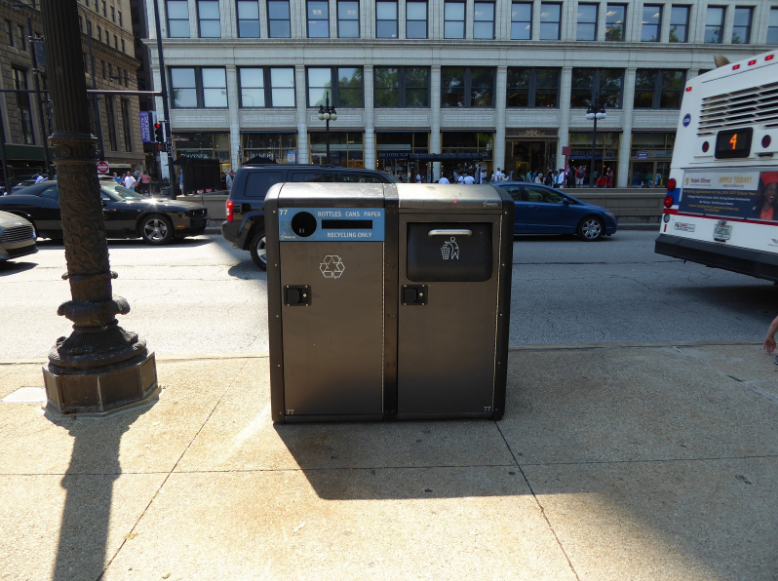
If you live in Chicago (or in hundreds of other places), you’re throwing your trash into the IoT. Smart waste removal is intended to save money and keep things cleaner through better timed trash pickups. The solar powered Bigbelly trash compactors the city has used since 2011 are one of the most visible examples of the IoT in action. Bigbelly trash cans send information back to a hub about how full they are, and indicate when they need to be emptied. Philadelphia was an early adopter of the now ubiquitous cans, and reported savings of around $900,000 in the first year. (The program isn’t without its critics, of course, with reports of overflowing cans in some areas and the usual complaints about graffiti.)
IoT far, far away
Some cities have started weaving together multiple IoT applications, creating what is often referred to as a network of networks. Laura Adler has written an article on Barcelona’s network of networks on the Ash Center blog. The city has long had an extensive network of fiber optic cable which it has used “to build out individual IoT systems across urban services.” Now, the Internet of Things is embedded in energy consumption, waste management, and transportation.
There are two distinct types of IoT applications to explore in Barcelona: ones in which citizens interact directly with technology (either their own or the city’s), and ones in which technology facilitates some government process, improving it before citizens enter the equation.
The first type includes projects like interactive bus stops to help travelers plan their routes, and a public parking pay app. ApparkB lets residents use their smartphones to pay for public parking in the city, utilizing GPS to limit the number of people who have to use traditional parking meters. IoT applications in this mold often seem like first generation tests at this point. They conform more closely to what many people think of as ‘smart’, but at this point still seem like fun toys or conveniences instead of things being built into the architecture of governance.
Projects in Barcelona that are more tied into the city’s fundamental structure are the second type of IoT applications, which operate behind the scenes. Traffic lights interact with emergency vehicles, clearing their path to an incident, which decreases response times and traffic incidents. Barcelona also uses sensors in irrigation systems to save money and water across the city. Sensors monitor and control the output of water in public spaces by evaluating data on weather, rainwater, evaporation, and drainage.
Where do we go from here?
Waste management and irrigation might seem mundane, but the most functional examples of the IoT are often the least “sexy.” They’re the ones that let citizens keep living their lives the way they did before: smoothing the rough patches off daily actions or optimizing government actions to lower costs. IoT and Smart Cities are often sold as complete reinventions of The City as we know it, and the relatively unobtrusive applications we see today can be a letdown, but implementations that promise to entirely change the way residents live or move just haven’t manifested yet. From the unfinished Smart Cities in South Korea and China, to a 50 million dollar competition for redesigning transportation in a US city, transformative smart city projects are still possibly years or decades down the road.
It seems that the more transformative a technology promises to be, the more skeptical we as citizens should be. Balancing academic and practical goals within a single implementation is a difficult task. It’s much easier to imagine what researchers will do with granular ecosystem data than imagine how those granular ecosystem data will immediately impact residents. Benefits of academic research are diffuse and long term. Conversely, projects that provide short run cost savings for a city don’t necessarily create the type of data researchers need to answer academic questions. This doesn’t mean the IoT can’t create value in both of these categories, just that residents should be wary about promises of new technology being everything to everyone right away. There’s a great deal of potential value in smart city technology and the IoT, but the type or timing of that value may look very different depending on the project.
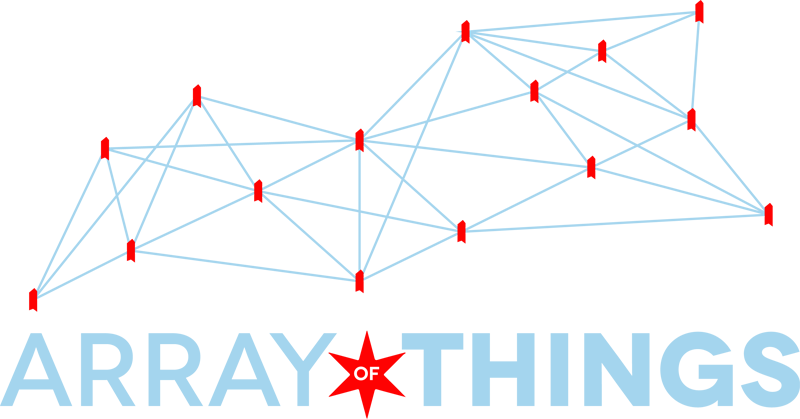 Today the draft
Today the draft